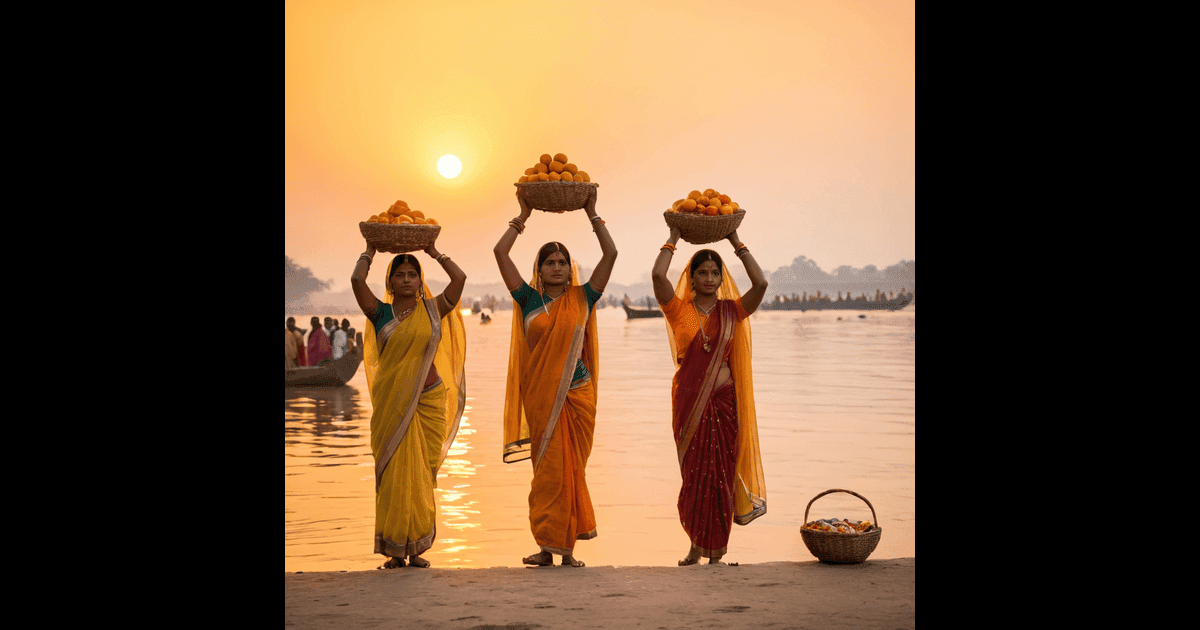Chhath Puja: Understanding the Four Sacred Days – Why, How, and When It Is Celebrated
Chhath Puja is one of the most ancient and revered festivals in India, dedicated to the worship of Surya Dev (the Sun God) and Chhathi Maiya (the Goddess of Welfare and Children). This festival holds special significance in Bihar, Jharkhand, and Uttar Pradesh, particularly in the Purvanchal region. It is celebrated with deep devotion and a commitment to purity and the environment. During Chhath, people offer prayers and Arghya (offerings) to the setting and rising sun, seeking blessings for health, prosperity, and family well-being.
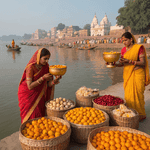
This blog will take you through the four days of Chhath Puja, explaining why these days are significant, how the rituals are performed, and when they are celebrated.
Why is Chhath Puja Celebrated?
Chhath Puja’s primary purpose is to worship the Sun God and Chhathi Maiya, who are seen as the givers of life and health. The Sun is believed to provide energy and vitality, while Chhathi Maiya blesses families with children and happiness. The festival is observed to offer gratitude for these gifts and pray for continued prosperity and well-being.
This four-day festival highlights the themes of purity, devotion, and respect for nature, as devotees immerse themselves in rigorous rituals to thank Surya Dev for his life-giving energy.
Day 1: Nahay Khay (First Day)
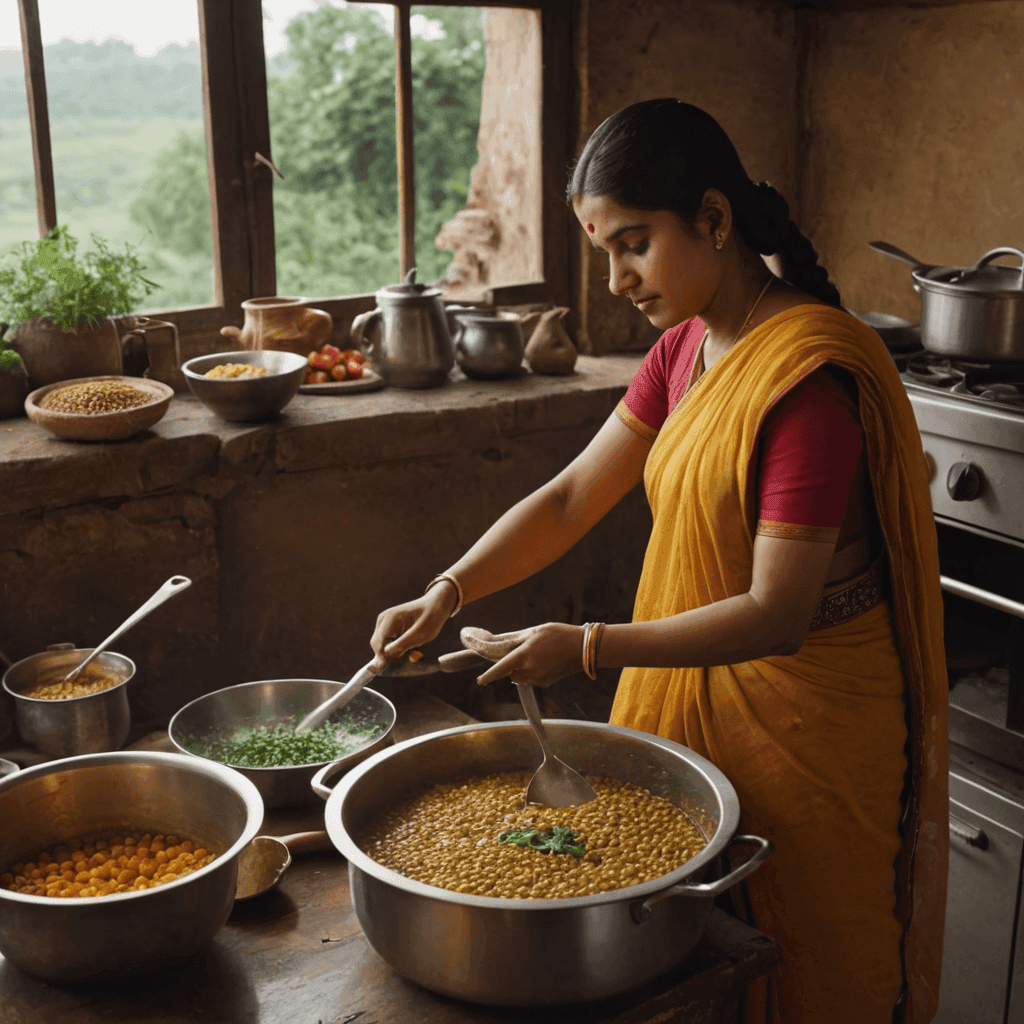
The first day of Chhath Puja is called Nahay Khay, which symbolizes the start of the purification process.
- Why It’s Celebrated:
This day is dedicated to purifying both the body and soul in preparation for the upcoming fast. It is an essential step towards ensuring that the devotees are spiritually ready for the days ahead. - How It’s Celebrated:
Devotees take a holy dip in rivers or ponds and clean their homes thoroughly. After the cleansing, they prepare and consume a simple vegetarian meal made from rice, lentils, and pumpkin, cooked without onions or garlic, as part of the purification. - When It’s Celebrated:
Nahay Khay is observed on Kartika Shukla Chaturthi, marking the first day of the Chhath Puja celebrations.
Day 2: Kharna (Second Day)
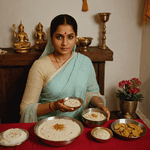
The second day is known as Kharna, which is a day of strict fasting.
- Why It’s Celebrated:
Kharna is a day of dedication where devotees fast without water from sunrise until sunset. It is a spiritual cleansing that brings them closer to the divine. - How It’s Celebrated:
Devotees observe a full-day fast, refraining from even drinking water. In the evening, after offering prayers to Surya Dev, a simple prasad of kheer (sweet rice pudding), roti, and milk is prepared and consumed. This prasad is first offered to the deity before breaking the fast. - When It’s Celebrated:
Kharna takes place on Kartika Shukla Panchami, the second day of Chhath Puja.
Day 3: Sandhya Arghya (Third Day)
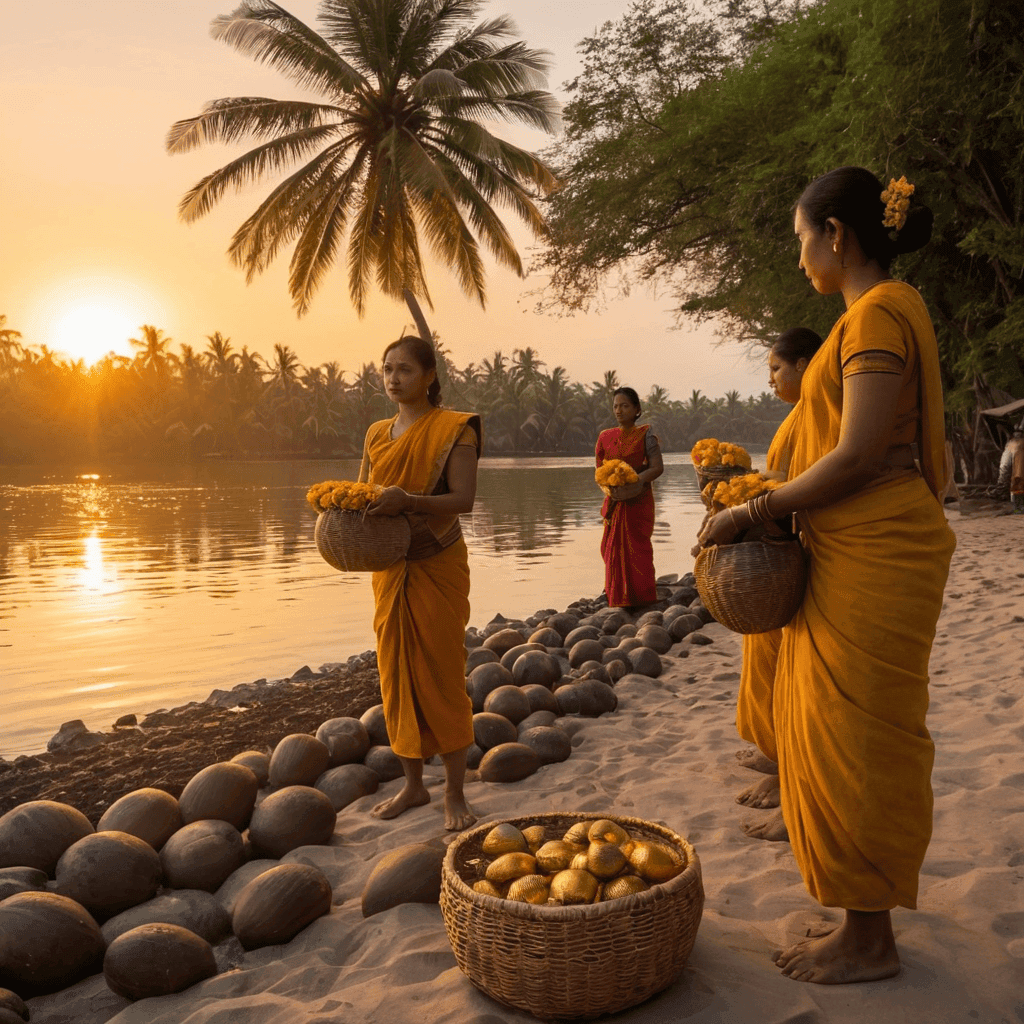
The third day of Chhath Puja is the Sandhya Arghya, where devotees offer prayers to the setting sun.
- Why It’s Celebrated:
This day is about offering gratitude to the Sun God as he sets, symbolizing the end of the day and the beginning of another cycle of life. The setting sun is worshipped for the life and energy it gives. - How It’s Celebrated:
Devotees gather at riverbanks or ponds and offer Arghya to the setting sun while standing in the water. They use baskets filled with traditional offerings like Thekua (a sweet made from wheat flour and jaggery), fruits, and lit earthen lamps. Songs of devotion fill the air as the sun sets on this day of reverence. - When It’s Celebrated:
Sandhya Arghya is observed on Kartika Shukla Shashthi, the third day of the Chhath festival.
Day 4: Usha Arghya (Fourth Day)

The final day of Chhath Puja is Usha Arghya, where the rising sun is worshipped.
- Why It’s Celebrated:
Usha Arghya is dedicated to welcoming the new day and seeking the blessings of the Sun God for continued prosperity and health. The rising sun symbolizes new beginnings and the renewal of life. - How It’s Celebrated:
Devotees return to the river or pond at dawn to offer prayers and Arghya to the rising sun. After the offering, the fast is broken, and the celebrations conclude. This final day signifies the end of the devotees’ rigorous fasting and prayers, and they seek blessings for their family’s happiness and well-being. - When It’s Celebrated:
Usha Arghya is observed on Kartika Shukla Saptami, the last day of Chhath Puja.
Special Offerings During Chhath Puja
Several traditional dishes and offerings are prepared during Chhath Puja, which are considered sacred and are part of the rituals:
- Thekua: A sweet made from wheat flour, jaggery, and ghee, Thekua is the primary offering during Chhath Puja.
- Rice Kheer: A sweet pudding made from rice and jaggery, often served as prasad during the fasting days.
- Fruits: Bananas, oranges, and coconuts are commonly offered to Surya Dev and Chhathi Maiya.
Significance of Chhath Puja
- Purity: The festival emphasizes personal and environmental cleanliness, with devotees maintaining strict purity in their diet and lifestyle during the puja.
- Devotion and Faith: Chhath Puja is a festival of deep devotion, where devotees pray with utmost faith and patience.
- Respect for Nature: The rituals emphasize the importance of nature, as they revolve around the sun, water, and earth, highlighting humanity’s connection with the environment.
Conclusion
Chhath Puja is not just a festival but a spiritual journey of devotion, purity, and gratitude towards nature and the divine. The four days of Chhath are filled with prayers, fasting, and offerings to Surya Dev and Chhathi Maiya, seeking blessings for prosperity, happiness, and health.
As the sun rises and sets, this sacred festival fills the hearts of millions with hope, faith, and a sense of unity with nature.
This blog captures the essence of Chhath Puja and its rituals, providing a detailed look at the significance of each day. It reflects the deep cultural and spiritual roots of this ancient festival, which remains relevant in modern times.

